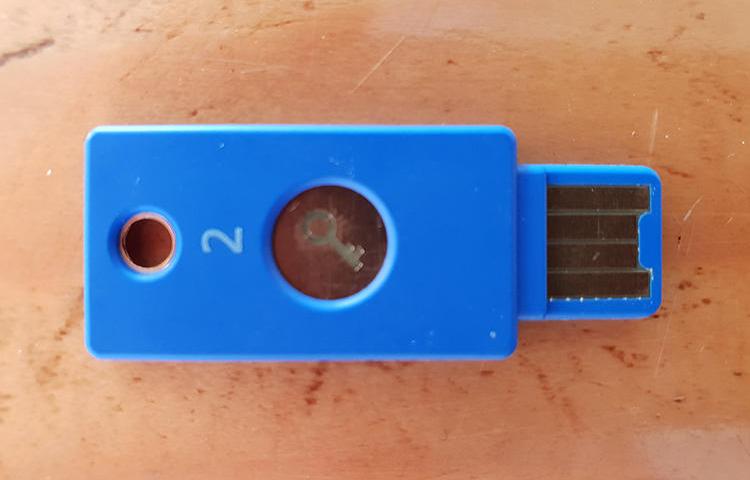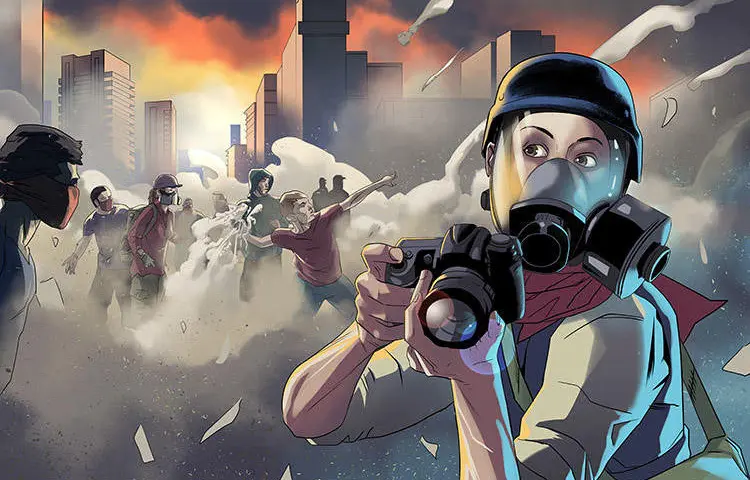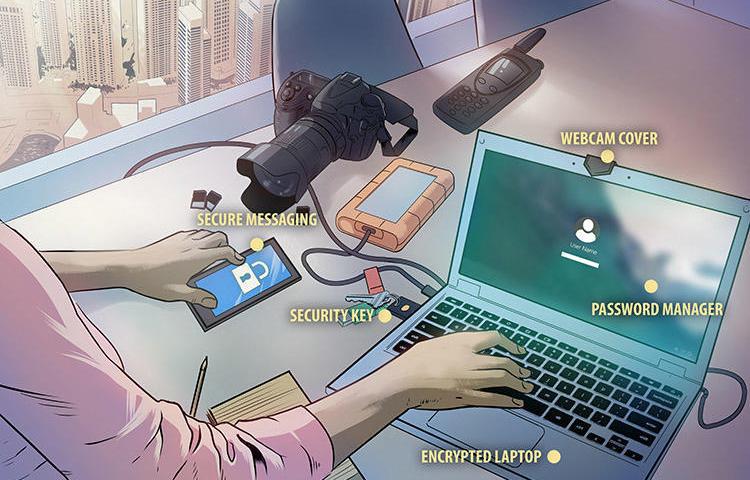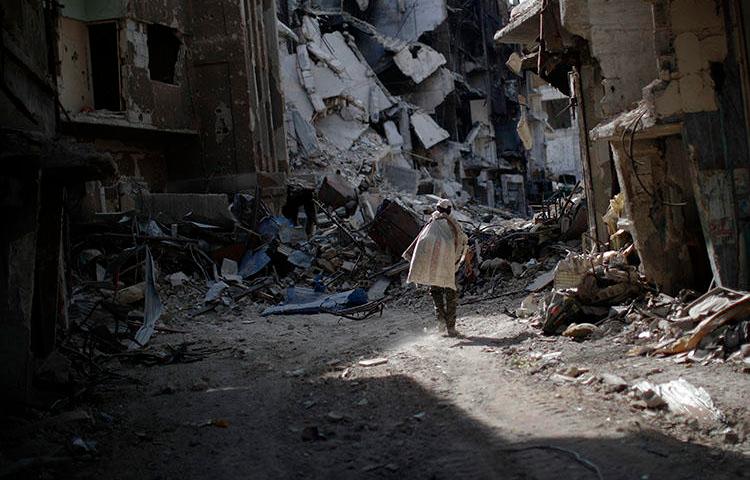
Damascus journalist has a million stories but none she can safely report
Joudy Boulos has a million stories she wants to write. But as a Syrian freelance journalist living in Damascus, her ability to report is severely limited by the regime of Syrian President Bashar al-Assad. It is so dangerous that “Joudy Boulos” is a pseudonym the journalist sometimes uses when reporting and to protect her safety.…
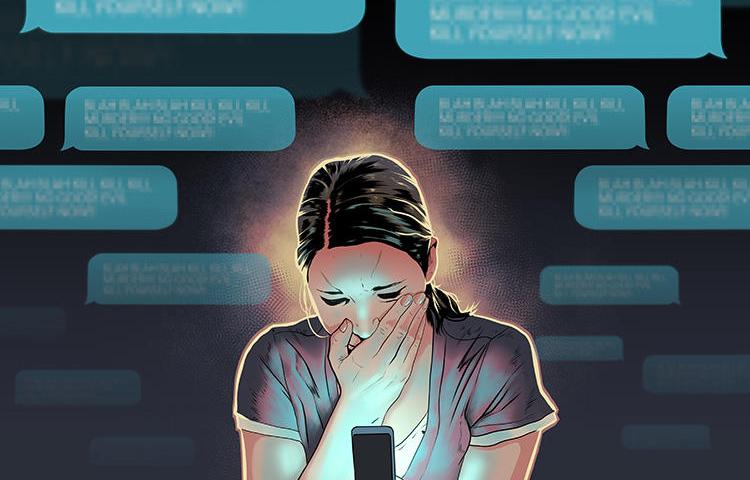
Digital safety: Protecting against online harassment
Journalists are frequently at risk of being targeted online for their work. Media workers who cover issues such as the alt-right, politics and contentious elections, as well as movements linked to race or gender are at higher risk of being attacked online.
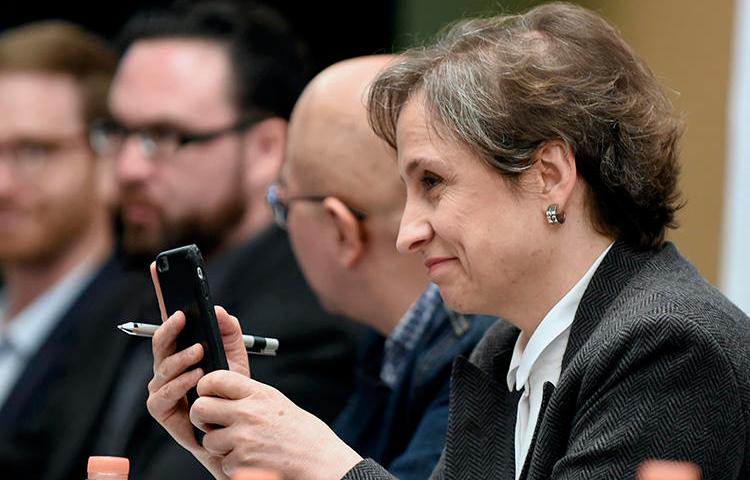
CPJ Safety Advisory: Pegasus spyware used to target journalists, civil society
[EDITOR’S NOTE: See CPJ’s updated safety advisory here https://cpj.org/2019/11/cpj-safety-advisory-journalist-targets-of-pegasus-.php.] In a report published on September 18, Citizen Lab said it had detected Pegasus, a spyware created for mobile devices, in over 45 countries. Pegasus, which transforms a cellphone into a mobile surveillance station, could have been deployed against a range of journalists and civil society…
Chinese Import
Russia tries to emulate Beijing’s model of information control By Emily Parker Russia has embarked on an ambitious social experiment. Just a few years ago, Russians had a mostly free internet. Now Moscow is looking toward Beijing, trying to imitate the Chinese model of internet control. Yet the Kremlin will likely find that once you…
CPJ Safety Advisory: Trolls and online abuse
Today the Committee to Protect published a blog post detailing increased online harassment to journalists in the United States. Trolling and online abuse of journalists and bloggers, however, is a global threat. At a time when use of Twitter, Facebook and other social media platforms are a job requirement for media workers, trolls have become…
